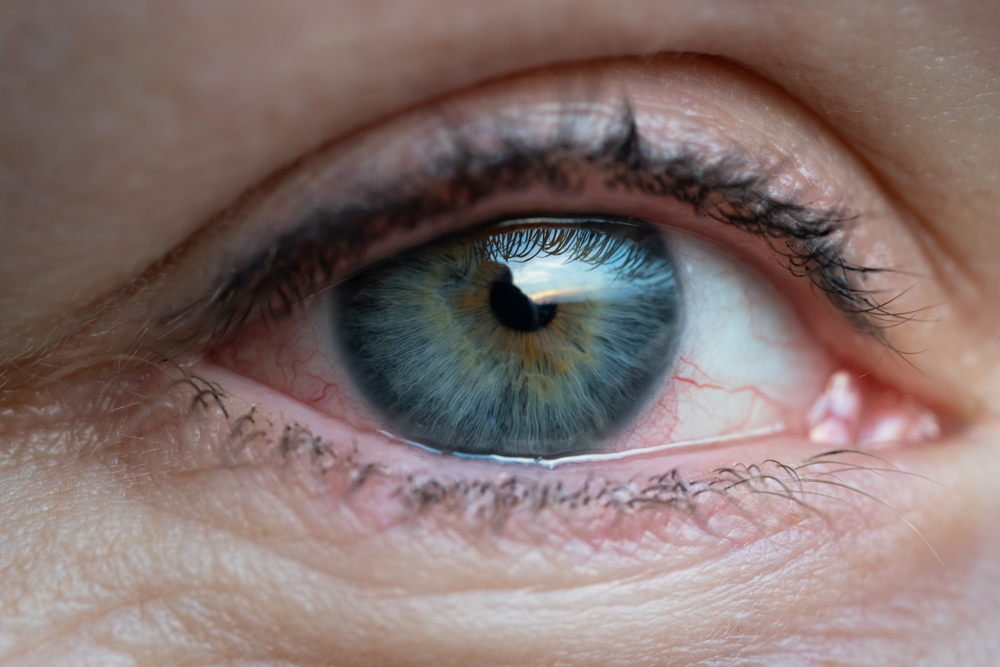
Dry eye is a common eye condition that affects millions of people worldwide. It occurs when your eyes do not produce enough tears or when the tears evaporate too quickly, leaving your eyes feeling dry, irritated, and uncomfortable.
Meibomian Gland Dysfunction and Its Role in Dry Eye
One of the leading causes of dry eye is a condition called meibomian gland dysfunction (MGD). The meibomian glands are responsible for producing the oil component of tears, which helps prevent tear evaporation. When these glands become blocked or dysfunctional, the tear film becomes unstable, leading to dry eye. Addressing the underlying cause of MGD is essential for effectively managing dry eye and preventing further complications.
The Impact of Dry Eye on Daily Life and Vision
Dry eye can have a significant impact on your daily life and vision. The discomfort and irritation associated with dry eye can make it difficult to perform everyday tasks, such as reading, using a computer, or even driving. Blurred vision can also make it challenging to perform visual tasks accurately and safely.
In addition, dry eye can affect your overall quality of life. The constant discomfort and irritation can lead to fatigue, headaches, and even depression in some cases. Untreated dry eye can also increase the risk of eye infections and corneal damage, which can further compromise your vision and eye health.
Can Dry Eye Treatment Cure the Condition?
The short answer is that while dry eye treatment cannot "cure" the condition, it can effectively manage the symptoms and prevent further complications. Dry eye is a chronic condition, meaning that it may persist over time, but with proper treatment and management, you can achieve relief and improve your quality of life.
The key to successful dry eye treatment is addressing the underlying cause of the condition. By identifying and treating the root problem, such as meibomian gland dysfunction, blepharitis, or an underlying health condition, you can often achieve significant improvement in your symptoms.
Traditional Dry Eye Treatment Options
Traditional dry eye treatment options typically focus on addressing the immediate symptoms and include:
- Artificial tears: Over-the-counter eye drops can provide temporary relief by lubricating the eyes and replenishing the tear film.
- Warm compresses: Applying warm compresses to the eyes can help unclog the meibomian glands and improve tear production.
- Eyelid hygiene: Regularly cleaning the eyelids with designated eyelid cleansers containing ingredients like tea tree oil and hypochlorous can help reduce inflammation and prevent further blockage of the meibomian glands.
- Medications: Prescription eye drops containing anti-inflammatory or immunosuppressant agents can help reduce inflammation and improve tear production.
The Role of an Optometrist in Effective Dry Eye Management
An optometrist plays a crucial role in the effective management of dry eye. They can conduct a comprehensive eye examination to identify the root cause of your dry eye and develop a personalized treatment plan to address it. During the examination, your optometrist may:
- Evaluate the quantity and quality of your tear production
- Assess the health of your meibomian glands
- Check for signs of inflammation or other underlying conditions
- Recommend appropriate treatment options based on your specific needs
By working closely with your optometrist, you can develop a long-term management strategy that not only provides relief from your symptoms but also addresses the underlying cause of your dry eye.
Advanced Dry Eye Treatment Options
In addition to traditional treatments, there are also more advanced options available for managing dry eye. These include:
- Prescription dry eye medications: Newer prescription eye drops and oral medications can help increase tear production, reduce inflammation, and improve the quality of the tear film.
- Thermal pulsation therapy: This procedure uses a specialized device to apply heat and pressure to the eyelids, helping to unclog the meibomian glands and improve tear production.
- Intense pulsed light (IPL) therapy: IPL treatment uses intense pulses of light to target the underlying causes of dry eye, such as meibomian gland dysfunction and inflammation.
These advanced treatments can be particularly effective for individuals with chronic or severe dry eye who do not respond well to traditional therapies.
Schedule A Comprehensive Eye Exam with Vista Eyecare Today
Dry eye is a complex and often chronic condition, but with the right treatment and management, you can find relief and improve your quality of life. By working closely with your optometrist to identify the underlying cause of your dry eye and develop a personalized treatment plan, you can effectively manage your symptoms and prevent further complications.
If you're struggling with dry eye symptoms, schedule an appointment with Vista Eyecare to explore the latest treatment options and get the relief you need. Take control of your eye health and improve your quality of life with effective dry eye management. Visit our office in Saskatoon, Saskatchewan, or call (306)-955-3811 to book an appointment today.





